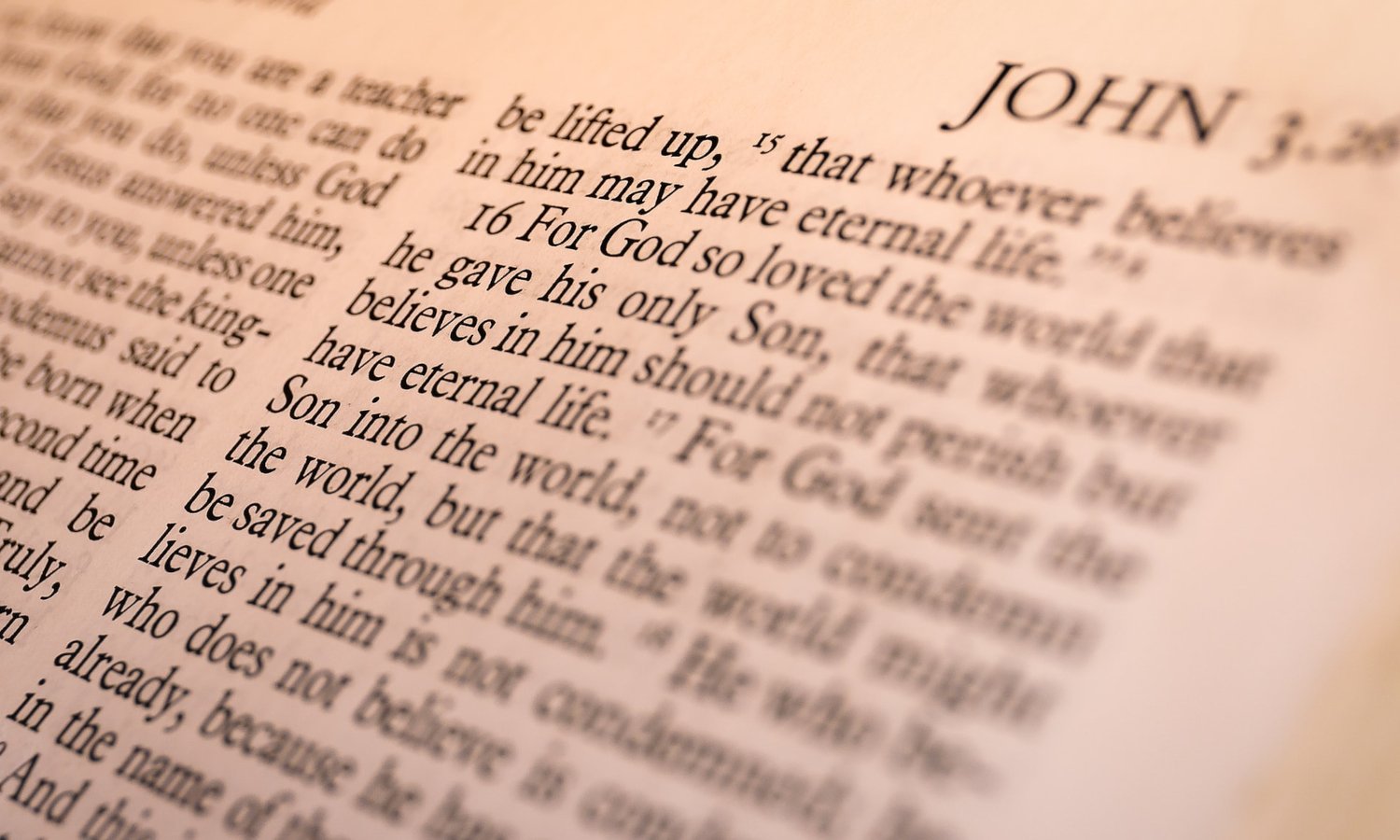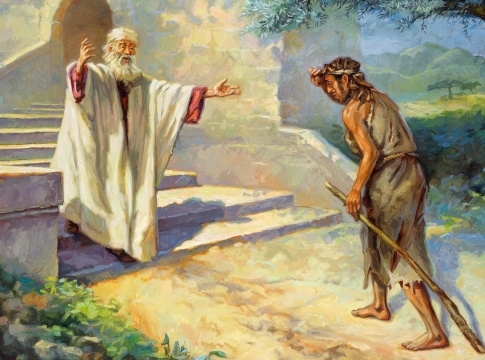
A preacher will ask you to trust in Jesus. However, you can only have confidence in Jesus if you are able to [believe what the Bible says about Him]. The term “the Gospel” is frequently used when discussing Jesus. Gospel is short for “good news.” So tell us, what is this good news, and are you certain that this is the authentic good news of Jesus? You can feel secure in your faith in Jesus if you can confidently respond to this. Yes, the real Gospel is with us. You will learn how we may be assured of that by reading this essay.
The Gospel according to Paul
One of the first persons to spread the good news of Jesus throughout the Roman Empire was the apostle Paul. He summarized the message he preached in one of his letters. “Christ died for our sins in accordance with the Scriptures, that He was buried, that He was raised on the third day in accordance with the Scriptures,” he stated, stating that this is good news (1 Corinthians 15:3-4).
This was written by Paul in AD 54. Although it could have been a year earlier or later, we are positive that these remarks were written during this time. It was only twenty-four years after Jesus’ death and resurrection when he was killed in AD 30. However, we can go even closer than that to the true narrative. Paul claims in 1 Corinthians 15:1 that he taught this gospel to the Corinthians. Twenty years after the crucifixion, Paul preached this gospel while he was in Corinth in AD 50.
Could we possibly come closer than that? Indeed, we are able to. In 1 Corinthians 15:3, Paul claims to have “received” this Gospel personally. The term “received” in this context refers to receiving instruction in a set format, such as a package. Paul received this instruction when? The only plausible explanation is that he did so immediately after becoming a believer in Jesus when he encountered the Jerusalem church leaders (Acts 9:26–30).
This occurred in AD 35, a mere five years following the crucifixion and resurrection of Jesus. However, it always takes some time for a lesson to solidify into a formula that the entire group can agree with. Let’s assume it took three years. It may be demonstrated in this way that the gospel, which states that Christ died for our sins in line with the scriptures, was buried, and rose from the dead on the third day in line with the scriptures, was already taught in AD 32—just two years after the crucifixion! This clearly shows that the real Gospel was preached to us from the very beginning of Jesus’ earthly ministry.
The gospels in the New Testament
The Gospel that Paul preached, and that we are asked to believe, is based on some historical facts about Jesus. I just showed that people believed these facts right after Jesus’ life. Are there reasons for us to believe these facts as well? Yes, there are. We have four gospels in the New Testament that are biographies of Jesus: Matthew, Mark, Luke, and John. Two of them were written by eyewitnesses (Matthew and John), and two by people who talked to eyewitnesses (Mark and Luke). I believe they were written in de AD 50s (Mark), 60s (Matthew and Luke), and 90s (John). Some would assume somewhat later dates for the first gospels, but that does not make a whole lot of difference. We have biographies about Jesus from within decades of His life.
What these biographies say about Jesus is strikingly similar. They all present him as the divine Son, one who began his mission in Galilee, traveled around preaching, worked miracles, was crucified, and resurrected. They all recount the story of Jesus from diverse points of view, but because of this, they complement and validate one another.
The four gospels presented to us are not myths but rather the histories of real men. It’s obvious that people interpreted them in this way. People were willing to die for their religion because they were so certain of the truth about Jesus from the outset.
Undesigned coincidences
Furthermore, there are other “undesigned coincidences” that have been described in the gospels that provide compelling evidence for the historical veracity of the writings. Here are a few instances of these:
- In John 6 we read the story of Jesus feeding the 5,000 somewhere at the Sea of Galilee. When the people come to Him, He asks Philip where they could buy bread for all these people (John 6:5). If this story was made up, why would Jesus ask Philip? It might have mentioned Peter, as the most well-known apostle. Or Matthew or Judas, as they had a background in finance. Why Philip? Philip is from Bethsaida; John tells us elsewhere (John 12:21). And Luke tells us in his gospel exactly where this miracle took place: near Bethsaida! (Luke 9:10). So, the text in Luke confirms that it is logical that Philip is mentioned in John; and the text in John confirms that the place for the feeding of the 5,000 that Luke mentions, is logical.
- Luke discusses the Last Supper in chapter 22 of his book. According to Luke 22:27, Jesus states that He is one of the disciples and serves at the table. What the basis for this assertion is unclear. However, John 13 tells us that Jesus bathed his disciples’ feet during this same dinner. Hence, the claim made by John supports the possibility that Jesus made the remarks that Luke reports. It also functions in reverse. John doesn’t elaborate on the rationale for cleaning one’s feet. However, Luke tells us that the disciples were debating over who was the greatest at the table (Luke 23:24). This provides a plausible context for Jesus’ deed. Thus, the two gospels corroborate one another.
- We read about something Herod said to his servants in Matthew 14:2. How might Matthew be aware of what goes on within Herod’s palace? Basically, you could claim that it was something the author made up to add intrigue to the plot. However, there’s more reason for it. Several ladies who followed Jesus are mentioned in Luke 8:3. “Joanna, the wife of Chuza, Herod’s household manager,” was one of them. Thus, Luke answers a conundrum that Matthew presents.
These are illustrations drawn directly from the gospels’ text, demonstrating that they are historical accounts. History is found in the gospels. They tell the real story of Jesus. For our sins, He died. And He emerged from the grave once more. That is the gospel, and eternal life is promised to [everyone who believes it].





